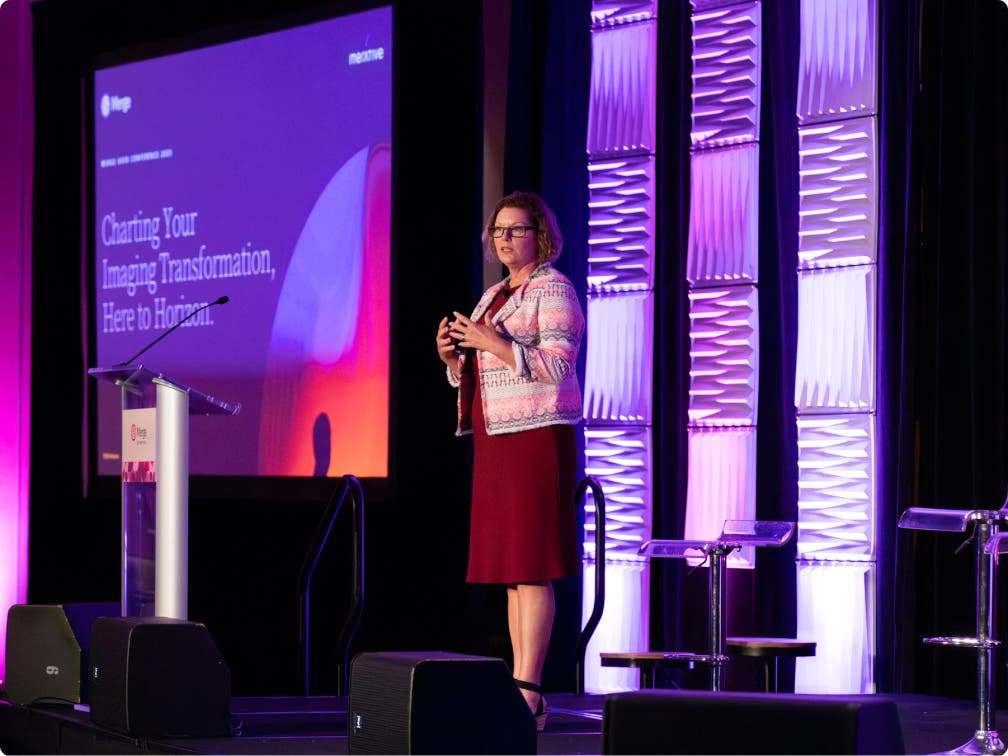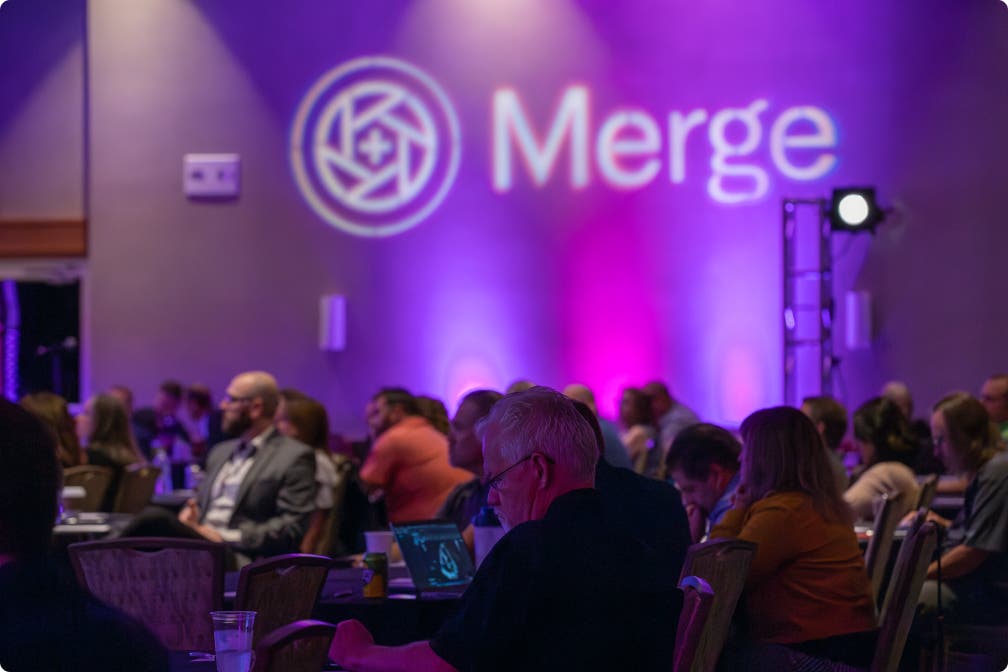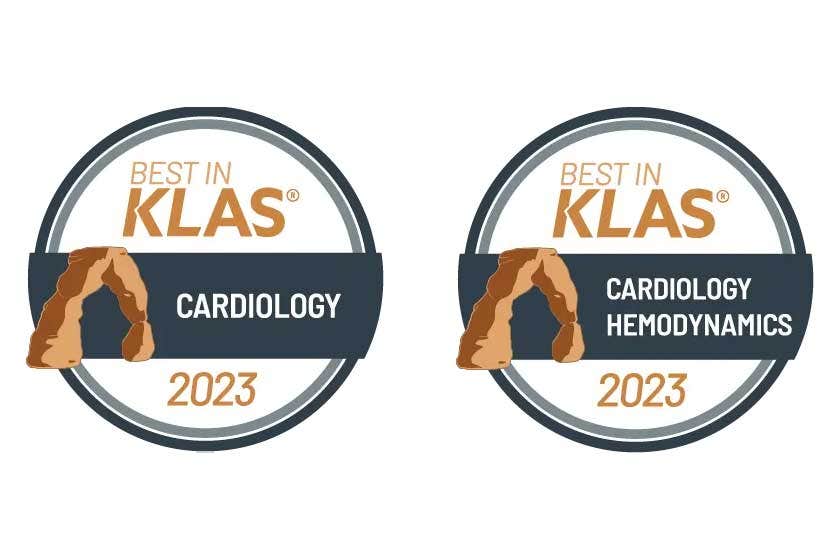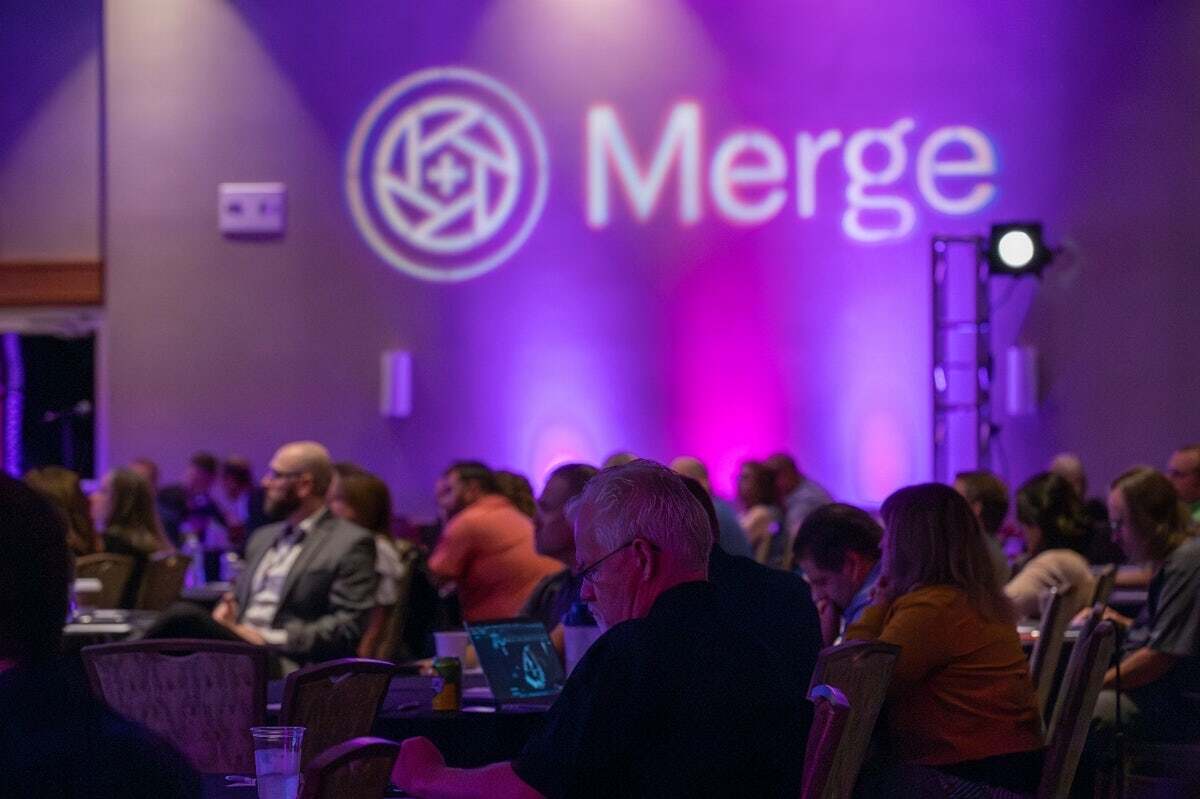5 takeaways from the 2023 Merge User Conference

This year’s Merge User Conference in Austin was another resounding success, filled with insightful keynote speakers, provocative panel discussions, and, most importantly, valuable one-on-one time with our customers and partners. The takeaways we glean from these conversations are so essential to how we continue to refine and expand our Merge imaging solutions’ capabilities – to better meet the needs of imaging organizations, physicians, and IT who help transform patient care delivery.
It would be impossible to recap everything that made us clap, laugh, think through, and feel stumped during our four days in Austin, but here are just a few of the highlights that made the week – and will be key cornerstones of how we continue building on our product capabilities and customer relationships.
Continuity in care coordination
A lack of standardization was frequently cited as a major technical challenge for clinicians and imaging organizations. Continuity in patient care depends on continuity across workstations. No matter where a physician is working – whether it’s different workstations within the same facility, a different facility altogether, from home, or on mobile – they need to be able to view patient images so they can do their job. This means more intuitive, accessible image viewing and collaboration tools. Some of the panelists, like Christoper Ebling, IT Manager for Carle Foundation, talked about how using a solution like Merge VNA helped to consolidate images – which may have been spread across shared drives or CDs – onto a single, central repository. That strategy has to go hand-in-hand with a plan for simplifying physician workflows, too.
Creating more context for patients
As physicians, imaging organizations, and hospitals make it easier for patients to access and read their imaging reports, we need to be mindful of the language going into those reports. As Dr. Towbin pointed out, it’s not just kids who are digital natives; parents are increasingly digital natives themselves, too, so this ability to access and read reports will only become more common. On the one hand, it’s great that new tools are helping to bridge the gap between radiologists and patients.
On the other, as Dr. Sujith Kalathiveetil, a cardiologist with Advocate Health, highlighted, patients are now going line by line in their reports, and inundating physicians with questions about every single number and finding. Because patients naturally don’t have the same clinical context as physicians, it’s easy to look at a number or a line of jargon they don’t understand and immediately fear the worst. This creates undue anxiety for patients, even when the actual findings are quite normal and benign. It’s important to not just use plainer language and less medical lingo to communicate patient findings, but also manage the delivery of reports, so that physicians can communicate the full context of their findings to the patient before the patient has a chance to jump into the report and potentially misinterpret something.
The promise of AI as a ‘tedium killer’
AI was, of course, a hot topic at this year’s conference. Our physician panel, moderated by Brian Casey of Imaging Wire, noted different examples of applying AI to workflow, but all had a common thread regarding AI’s enormous potential to take over tedious tasks – volume segmentation, automating upfront measurements, aggregating every single nodule within an image – saving the physicians enormous amounts of time. Dr. Vivek Dave, a radiologist with Edward Elmhurst, explained one way this can create real value: as a doctor who sees many cancer cases, if there’s an image with many lung nodules, but only one of those nodules has changed since the last scan, that’s a job for AI. AI can count those nodules and find that change much faster than the physician can. Doing those measurements quickly and upfront then enables the physicians to more quickly make their assessments on top of what the AI has helped calculate.
AI can’t work without interoperability
But equally important as AI’s promise to eliminate tedium for physicians was the acknowledgment that if AI is not interoperable with existing solutions or portals, it will never gain traction with doctors. Whether you’re talking about a radiology PACS environment or a cardiology environment, the AI has to be native to it; moving directly through DICOM into the clinician reports. As Dr. Lake of McFarland Clinic and Dr. Towbin of Cincinnati Children’s Hospital put it, physicians want to reduce, not increase, the number of third-party apps and workstations in their workflows. Additionally, the PACS needs to provide tools for the physician to interact with the AI – modify it, disagree with its outputs, and re-adjudicate it within the PACS if needed.
The pain of CDs
Day one opened with a physicians’ panel, where one particular pain point was raised several times right off the bat: CDs.
CDs have become the bane of medical imaging. For imaging professionals and physicians, being forced to burn CDs at one workstation, then walk over to another workstation to upload them, is a tedious and time-wasting exercise, in a job that has absolutely no time to waste. Particularly at the scale of larger health systems, transmitting images and reports via CDs is wasteful, racks up significant if unseen costs (e.g. the costs of mailing out CDs across the country very quickly add up), and forces unnecessary burdens on patients and physicians. A few of our customers talked about how their deployments of Merge VNA, Merge Universal Viewer and Merge PACS have helped to simplify their workflows and consolidate their imaging data into a central repository, precluding the need for CDs. The takeaway was clear: for imaging organizations to be efficient, CDs need to go.
A word from our top-tier user conference sponsors

Aidoc is a pioneering force in clinical AI. Powered by Aidoc’s proprietary aiOS™, we analyze and aggregate medical data to enable care teams to operationalize the unexpected and work seamlessly with a continued focus on the patient. Aidoc AI is always on, running in the background to change the foreground.

Serving ~1,900 clinical sites globally, TeraRecon, a ConcertAI company, is a Best in KLAS Category Leader for Advanced Visualization. TeraRecon solutions are independent of any one manufacturer's imaging equipment or PACS system, allowing a single, unified, and simplified clinical workflow that can improve efficiencies and deliver actionable physician-guided insights.

RackTop’s best-in-class BrickStor Security Platform is a Cyberstorage solution that employs a data-centric zero trust architecture that empowers the public and private sector to actively defend their sensitive unstructured data from the escalating presence of ransomware, insider threats, and nation state-sponsored cyberattacks.

Unlock the potential of Pure Storage for accelerated enterprise imaging. With up to 4X faster study ingest and up to 37% faster study open, gain instant access to vital clinical information while ensuring data security. No more "click and wait" for answers. Experience cloud-like simplicity and cost savings for superior patient care.
Related Articles

Merge September 2023 newsletter: Takeaways from the Merge User Conference
This year’s Merge User Conference in Austin was another resounding success, filled...
By Julie Pekarek | 3 min. read

Merge solutions win Best in KLAS 2023 for cardiology and hemodynamics
By Julie Pekarek | 3 min. read

Merge July 2024 newsletter: Capping off a year of momentum with a Merge homecoming
Hi Merge customers, We are just two months away from our 2024 User Meeting in...
By Ashish Sant | 4 min. read
Ready for a consultation?
Our team is ready to answer your questions. Let's make smarter health ecosystems, together.
